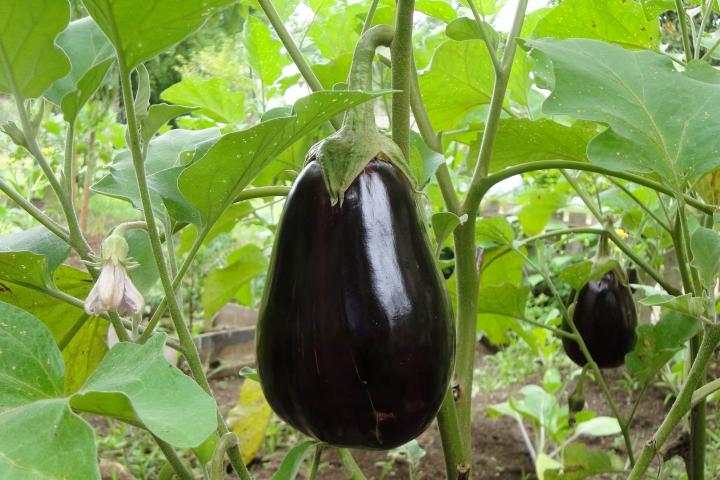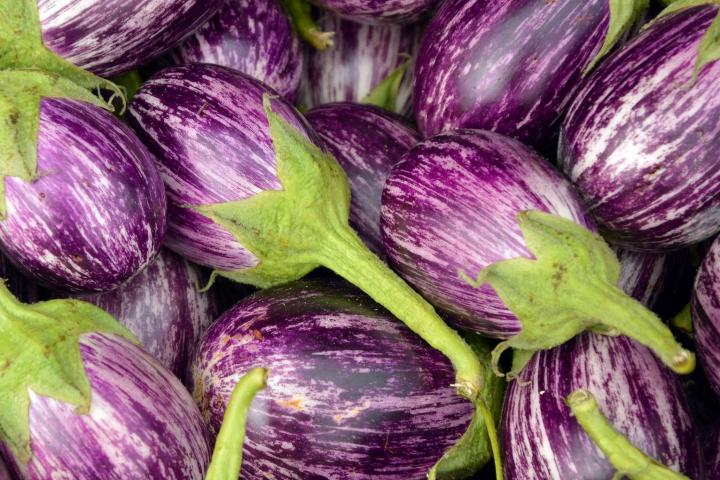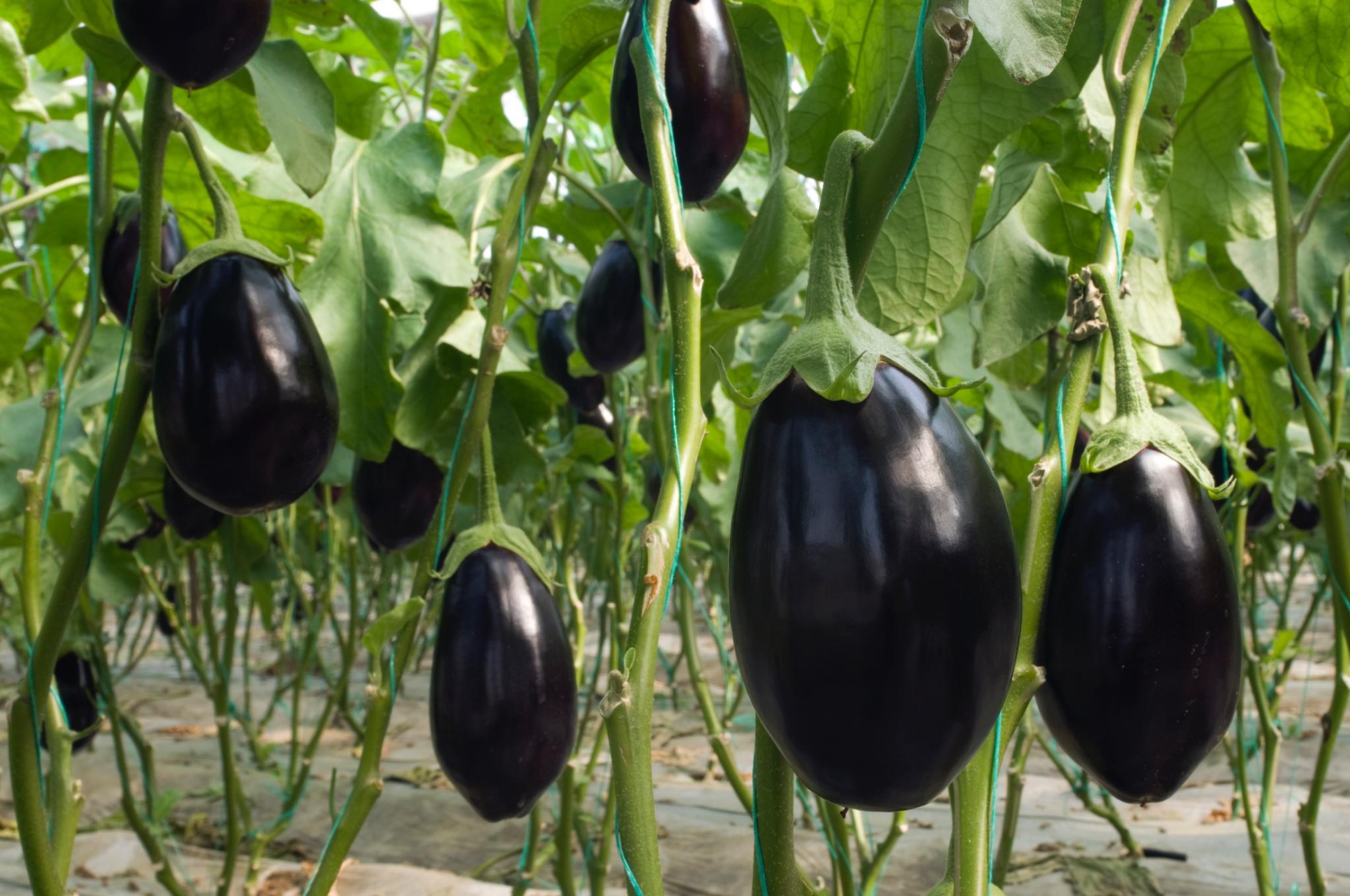
Planting, Growing, and Harvesting Eggplants
- Eggplant is excellent grilled, roasted, breaded, fried, or baked! The thinner varieties (‘Ichiban’) are more ideal for grilling and roasting and the traditional varieties (Black Beauty) are great breaded or fried; the round fruit is also good as a “boat” for stuffing.
- Use a stainless steel knife (not steel) to cut eggplant or it will discolor.
- If your eggplant is oversize, the skin may be too tough to eat. Peel before cooking or bake the eggplant and then scoop out the flesh. If you’re baking eggplant, first pierce the skin a few times to allow steam to escape.
- Many Italians will tenderize an eggplant so it’s less bitter. Slice, sprinkle with salt, and allow it to rest for about 30 minutes.
ADVERTISEMENT
How many eggplant will harvest within 3 months of first harvest, please give an example of variety? thank you for your reply..
As said above, it takes 100 to 120 days to go from seed to harvest (depending on weather, variety, etc). If you transplant, it’s 60 to 85 days. Also, as said above, ‘Black Beauty’ is the traditional eggplant size. One plant produces 4 to 6 large rounded fruit.
Beware of the calyx! (You'll know it when you feel it.)
i was reading your article about eggplants and was wondering about the male & female plants. I think I read somewhere of the male has less seeds and is less bitter than the female. Also that end is dimpled in if it's female. Please comment on this. Thanks,, susan
Hi Susan, Thanks for your interest. To answer your question, eggplant fruits are neither male or female. Eggplant produces flowers with both male and female organs. The seeds contained in the fruit will grow into plants that make flowers with both male and female parts. The number of seeds and bitter taste is actually due to an eggplant’s maturity. When selecting an eggplant, look for a fruit that is firm, without any bruises or blemishes. Choose an eggplant that is heavy for its size, has a green stem, and springs back when you press on the skin. A ripe eggplant will have a smooth, bright, and glossy skin, and it is best to use soon after harvest/purchase. A dull colored eggplant is a sign that it is over mature, which can result in a bitter taste.












Comments